The relics of the Saints have always been held in great veneration by Christians, and the Magisterium has always been concerned with promoting and ensuring the cult of the Saints and their relics. The Dicastery for the Causes of Saints, on December 8, 2017, published the Instruction on Relics in the Church: Authenticity and Conservation, which states: “Relics in the Church have always received particular veneration and attention because the bodies of the Blessed and the Saints, destined for resurrection, were on earth the living temple of the Holy Spirit and the instrument of their holiness, recognized by the Apostolic See through Beatification and Canonization.” “Relics direct us to God Himself: it is He, indeed, who, with the power of His grace, grants frail beings the courage to testify to Him before the world. By inviting us to venerate the mortal remains of martyrs and saints, the Church does not forget that, ultimately, they are indeed poor human bones, but bones that belonged to persons visited by the living Power of God. The relics of the saints are traces of that invisible but real presence that illuminates the darkness of the world, manifesting the Kingdom of heaven that is within us” (Benedict XVI, Address to the Youth at World Youth Day, Cologne, August 18, 2005). Relics tell a story, narrate the plots of lives lived in the image of Christ, for the founding saints narrate the story of a charism. They are not objects of collecting, nor are they objects of exchange, nor “trophies” to be raised as a sign of victory, but the story of men and women madly in love with God, who gave their lives for this immense love. Relics are for us a “provocation”, because they refer to the lives of the saints who lived in such a way that their lives would make no sense if God did not exist. Sanctified by the Love that possesses their hearts, their activities in favor of humanity are not so much proof of their love for God as the Love itself that comes from God, which uses the energies of their humanity to pour itself out into the world.
Also for us Camillians, this relic tells the love story of St. Camillus De Lellis for his Lord, whom he encountered daily in the face of the sick brother. In the mid-1970s, one of our Camillian confreres, Fr. Arturo Gionta, transferred from Messina to Bologna, brought with him this important relic: an original habit of St. Camillus De Lellis, kept in the third right altar in the chapel/sanctuary of Our Lady of the Rain, at Via Tanari Vecchia No. 7, right in the heart of the city of Bologna, In 2007, the community was suppressed, and this important relic was left inside the aforementioned church. This year, as an Order, we remember the third centenary of the foundation of Santa Maria Maddalena, where the relics of St. Camillus De Lellis are venerated, a favorable time to welcome this relic, which reminds us of the journey of St. Camillus, from dissolute man to saint of the sick. Therefore, we deemed it appropriate to formally request from the Archdiocese of Bologna the transfer of this relic and its relocation to Rome. A careful conservatory restoration of the relic was carried out, which presented slight dust infiltrations, altered color due to exposure to light and washings. The fabric was wrinkled due to the folds acquired during the period it was stored, in some areas it had decomposed leaving gaps, some seams were completely torn.
The restoration was preceded by a careful study of its packaging to verify that it had not been tampered with or readapted in the subsequent period. In this case, no posthumous interventions are visible. After careful removal of the dust using a micro-aspirator, efforts were made to restore the original shape by moistening the fabric with distilled water vaporization and subsequent ironing and laying flat of the fabric. The consolidation of degraded areas was carried out by repairing all the gaps, inserting fabric similar to the original, the detached fragments were reinserted with the help of a canvas support on the inner part fixed with thermal fabric glue, all the edges of the gaps and inserts and the sewn parts were fixed with needle and thread stitching and darning. Finally, the Latin cross in red fabric similar to the original was reinserted. Lastly, a general “fitting” was performed with careful ironing and composition of the garment so that it could be displayed on a mannequin.
This relic can be further enhanced with its new location (inside the museum of the General Curia), it integrates our founding heritage, continues to narrate the love story of St. Camillus for the sick, and can be venerated by the many pilgrims who visit and entrust themselves to our “giant of charity”. The relic of St. Camillus’ habit derives its meaning from what Paul affirms in the letter to the Colossians “Clothe yourselves with love, which binds everything together in perfect harmony” (Col 3:12-14). Without this reference, the same charity of St. Camillus would not be explained: “a charity that proceeded from God and returned to God through the love of neighbour, especially the poor sick whom he saw as the very image of his Lord”. The hope is that this relic invites us to be and to become saints. “Holiness is the most beautiful face of the Church” (Pope Francis) and St. Camillus De Lellis testifies to us the beauty of this holiness, as even today, he highlights some dimension of the beauty of the Lord Jesus and points out to us a path of holiness, a true prophetic gift to the Church.
Father Walter Vinci MI
General Postulator



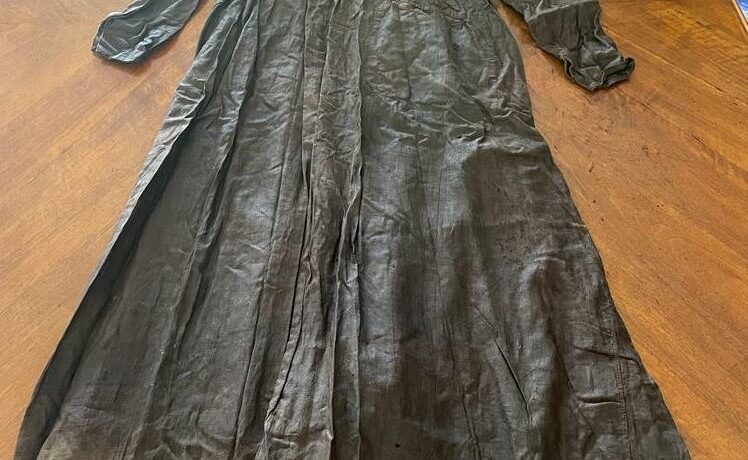
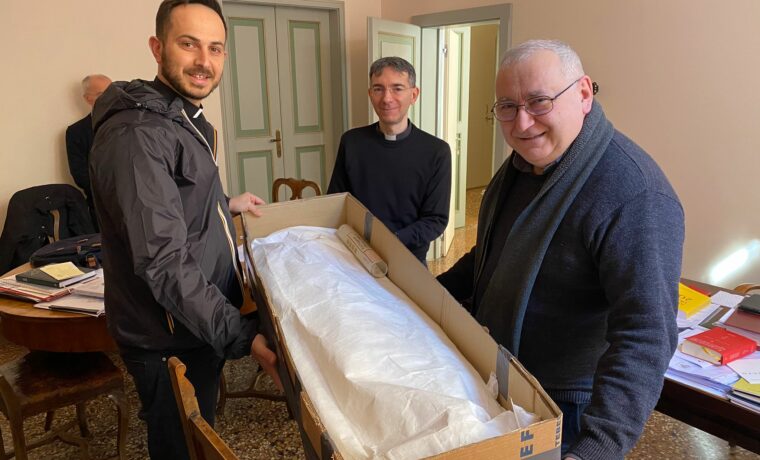
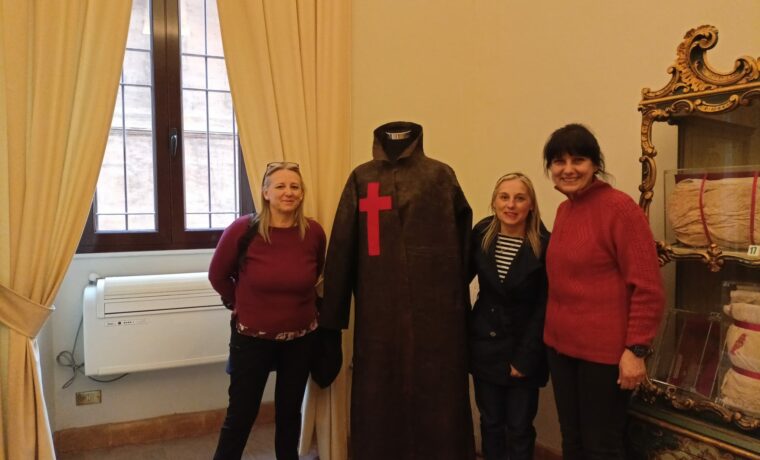
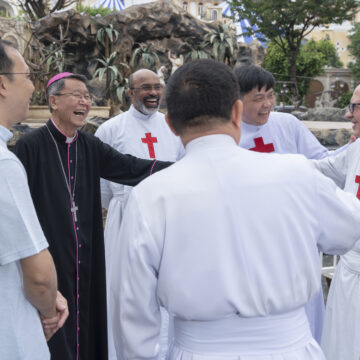
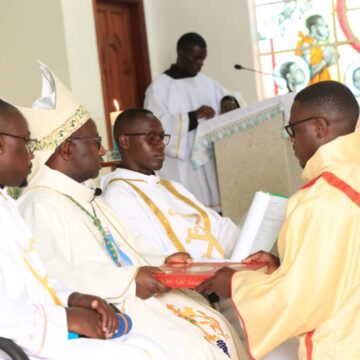

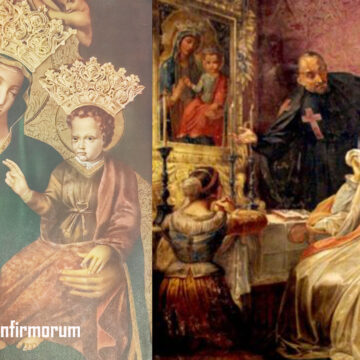

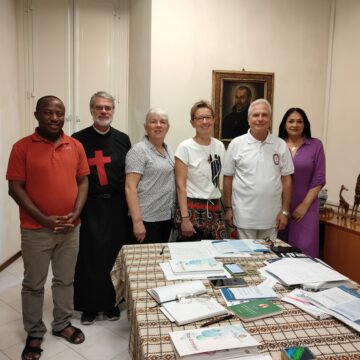

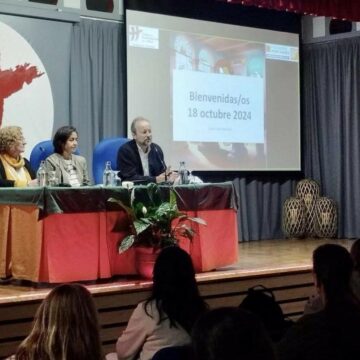


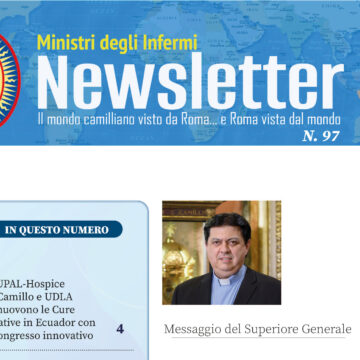
Camillians on Facebook
Camillians on Twitter
Camillians on Instagram